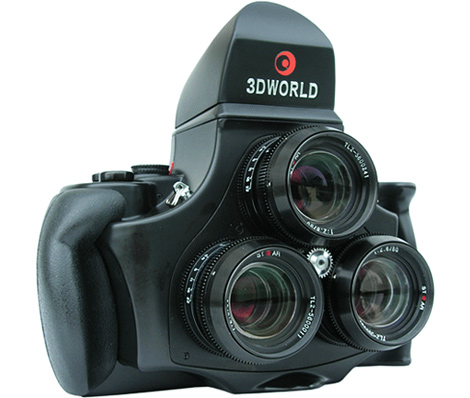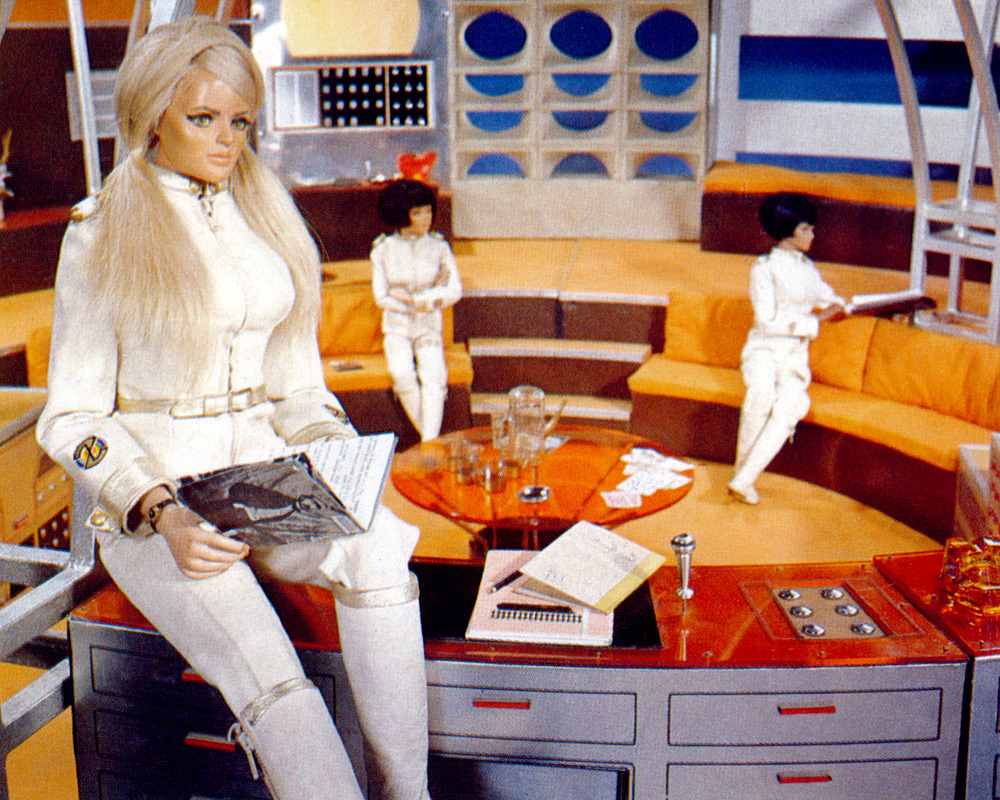I wanted to talk a little about The Hobbit: Un Unexpected Journey.
Anna and I saw the “standard” format version first; 24 frames per second, 2D, mostly because we wanted to have experience the film without the distractions of the new technology. We both liked it, and tho’ it is a bit meandery, and quite a bit more fighty than the book in emphasis, it’s a world in which I don’t mind at all meandering, so in the end, I was quite alright with that. Were I not, I’d argue for editing it down by about half an hour, but that’s okay.
And one of the things we noted in this first film is how different our favourite wizard is from the later Gandalf of Lord of the Rings. This is a wizard who’ll loot a cave, find a cool sword and go, “ooh, shiny!”

…aaaaaand keep it!
Which, in turn, brought me to a realisation: the Middle Earth we buy into is Lord of the Rings – the development, the rigour, the grand events. But if you’re a gamer – and, if you haven’t noticed, tabletop 4 life, j0 – what keeps you there, what you’re playing…
…that’s The Hobbit.
And I think – and, really, hope – that’s why all the extra fighty got brought on screen for An Unexpected Journey. Audiences last saw the War of the Ring. If suddenly it’s all fourth level dwarf fighters and a first level halfling thief wandering around being occasionally ambushed by groups of second level goblins and third level orcs with an anonymous fifth level raiding group leader (AC 4, 13-16 hp)? Let’s not pretend that’d go over well.
So we have extra fighty and past relationships and side stories (I loved Radagast’s appearances, I must say) and a much bigger set of Things Going On in Goblintown and most importantly far heavier foreshadowing of later events, just so that the shift in tone isn’t too extreme.

Tho’ I probably could’ve done with a wee less Goblin King Balzac
But despite liking the standard presentation, we wanted to see the 48fps/3D version, just to see what all that was about. I’d read that James Cameron immediately started planning on shooting Avatar II and III in 60 fps 4000-line cinema after seeing Hobbit, which is frankly a little nuts and will require a whole new round of upgrades, but that’s not important right now. Clearly, it makes an impression.
Often, that impression is kind of bad. A lot of people have reacted negatively to the new format, saying that it looks videogamey, or just generally “like video.”
This is, in part, absolutely true. And there are reasons for that. Traditional film was shot at 24 frames per second; video is shot at 30 or 60, and that’s important, because you lose motion blur when you have more frames.
You’ve already been seeing 48 images per second in theatres for essentially ever – each frame of the 24 frame-per-second film is flashed twice, which means a total of 48 flashes per second. Now each of those flashes is unique, rather than repeating. Further, each flashed image being unique gives you half the length of open shutter in the camera for each image, which means less motion blur in each frame, particularly in action shots, and that repeated-frame and motion-blur business is part of what people think of as the cinema look. And it’s unique to motion pictures.

Which is how we got to 3:2 Pulldown and “film look on TV”
In 48fps, all that’s gone, and it took me a good 20 or 25 minutes to get used the absence. The result is quite pretty, in many cases, but it does throw you out of the film a bit to see it in a theatre.
But that’s not the really big problem here, and there is a really big problem. Actually, there are two problems – big, distracting problems – in 48fps 3D Hobbit, and they feed into each other to create a whole series of failures. The additional clarity of 48 fps exacerbates both.
The first is the higher resolution; the second is parallax 3D.
These films are shot and distributed at a much higher digital resolution than film managed. We’ve gone well past the point of even 70mm now, and the higher frame rate increases the difference even further.
All that additional resolution and clarity showed me every. single. compositing. layer. every. goddamn. time, in all the richness of the format.
I should explain. In any shot with effects, or layering, or digital sets, you have each of these elements shot or built in isolation, then composited together into a single image, or matching pairs if 3D. All these elements must look of a piece; they must appear to be one.
It’s not easy, at best! In traditional film, and standard-format digital, colour temperature was critical – are the “outdoor” lights all the same, are the “indoor” lights all the same, and so on.

Ceci n’est pas une chapeau
And Jackson’s cinematographer and effects people weren’t fools, they know that; it’s basic filmmaking. They went to great lengths to match it, and no doubt massaged each element to within a micron of its life to match up…
…and it wasn’t enough. In scenes with fewer elements – Gollum’s cave, a lot of Goblin town, where most of it was one big CGI with a small number of actor inserts and limited palettes – it worked well. But in the more complex scenes, it fell apart, time and time again, and you saw every. single. layer.
Or at least, I did. At one point, I was counting them. “One two three four five! Ding!” And nothing takes you out of a film more brutally than a whole new collection of effects fails, made more noticeable by being new types of effects fails, ones we aren’t used to ignoring yet.
I think – I don’t know, but I suspect – that colour temperature is no longer enough. I think you need to micromanage the entire spectrum, not just the overall average anymore. I further suspect there may not even be tools to do this yet.
But there will be. You see, this same thing happened when films went colour. Effects techniques which worked beautifully in greyscale/black-and-white fell completely apart in colour, going instantly from convincing to pathetic, no matter how much extra work you put into trying to make them work.
Similarly, on television, from standard definition to HD… when Paramount shot all new effects sequences for the original Star Trek, they didn’t do it out of the goodness of their hearts, or even out of a desire for excess “special edition” loot. They did it because on HDTV transfer, the original effects went from dated to laughable.
I’ve seen some of the original effects remastered into HD, and not re-shot. They really, really did not have a choice.

Worse than this. YES, WORSE THAN THIS. Not always. But often enough.
(Oddly, some standard-def series hold up just fine. Space: 1999 series one original effects look gorgeous in hidef – but that’s what 10 years of technology and a fantastically high original budget will buy you. But I digress.)
Most of what we’ve talked about until now are the inevitable effects of resolution upgrades. These are difficult and subtle problems, and they’ll take time to work out, just as they always have. But there are real problems in The Hobbit‘s 3D, and they’re problems that the higher resolution and frame rate make a lot more obvious.

Yeaaaaaaah.
First, we need to talk about depth perception in real life. Most people think of depth perception as being an effect of binocular vision; two eyes means parallax vision, means 3D. And that’s true – to a point.
And that point is about 20 metres in front of you. More for some people, less for others, of course, and people argue about that number. But it’s a diminishing effect for everyone, as you get further away from the objects being viewed; it stops being dominant much earlier than that – as little as two metres – as other effects take over, such as atmospheric occlusion. Plus, the brain’s visual centre knows that an object getting smaller is probably moving away. A known object’s smaller size indicates distance, too. Relative up-down position matters. There are many channels of data.
All of these signals mix together in the visual cortex to give you the cached image of the world that makes up your actual sense of vision. Parallax is an important part of it, but not all of it, and at many distances, not even most important.
As a result, films have always had “3D” effects to some degree, because most of these effects are perfectly well preserved in flat-projection movies. The only thing 3D adds is parallax – the second eye.

Unless you’re Zebra Girl, in which case, here is your camera.
But parallax limited in its scope, and everybody knows it. So filmmakers exaggerate it for effect – they force parallax to be more effective at range than it would be in real life. Inherently, there’s nothing wrong with that; all film is an abstraction, and this is no different.
An Unexpected Journey does it too much, and on more than one occasion mixes 3D signals badly. Parallax tells you one thing; everything else about the visuals tells you another. And the exaggerated parallax tells you your eyes are somehow 50cm apart, which, frankly, is more than a little distracting in and of itself.
You want to know where 3D motion sickness and headaches come from? It comes from when the image in front of you tells you your eyes are farther apart than is possible, and that an object is immediately in front of your face and a football pitch away at the same time.
Compounding the problem in outdoor shots is that they got the far distances true to life: flat as a pancake. Mountain ranges in the distance? No parallax, as is right and true. But by exaggerating parallax to thousands of metres (apparently), what is correct at de facto infinity suddenly becomes jarring and wrong, because your parallax depth sense goes way way way the hell out there…
…and then runs into a wall.

TONK
It is exactly that jarring. It’s like walking into a lamppost. Deflectors say there’s something there, sensors say there isn’t; vision complex says no, fuck you, I am getting drunk.
And An Unexpected Journey has some of the worst 3D abuse I’ve seen in a quality film. Or maybe it’s normal, and just that the higher resolution and lack of motion blur and higher framerate just make it all the more obvious; I’m not sure.
Whatever the cause, every time I started getting back into the film – and I did like it, honestly, meandering tho’ it was – every time I’d start sailing along with it…
…I suddenly found myself sitting in a chair in a theatre, counting compositing layers again. And in this case, it is the filmmakers’ faults.
I think in the medium term all this technology will be standard. The LotR film series pushed technologies too – that trilogy was shot as soon as it was possible to shoot it, more or less. But in this first instalment of the Hobbit, really, all the shortcomings had an unexpected collision.
Some of this could be fixed in a director’s cut, and I’m certainly expecting the home disc releases to include 2D. I’ll look forward to 48fps of that, and wouldn’t be at all surprised to see it solving many problems. And if not, well, hopefully there’ll still be the Standard. That looked lovely. And if it did meander a bit, well, good. I like the wandering. If you don’t… what’re you doing hanging around with Tolkien, anyway?











